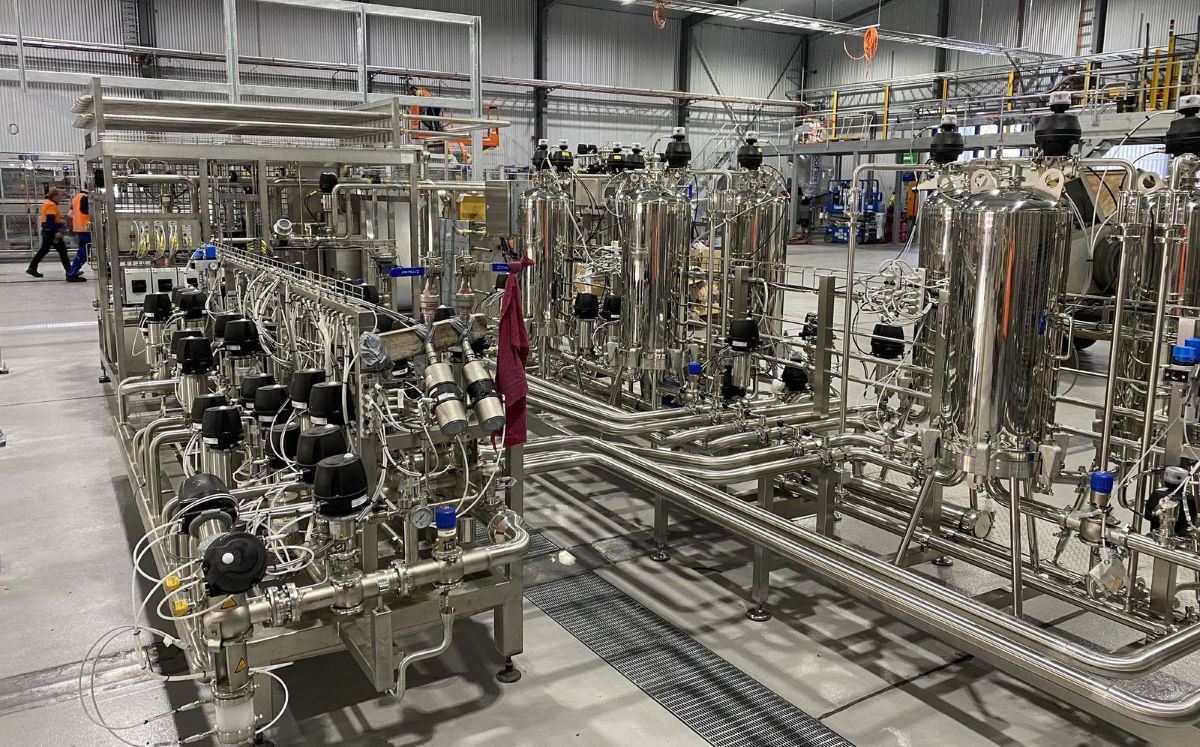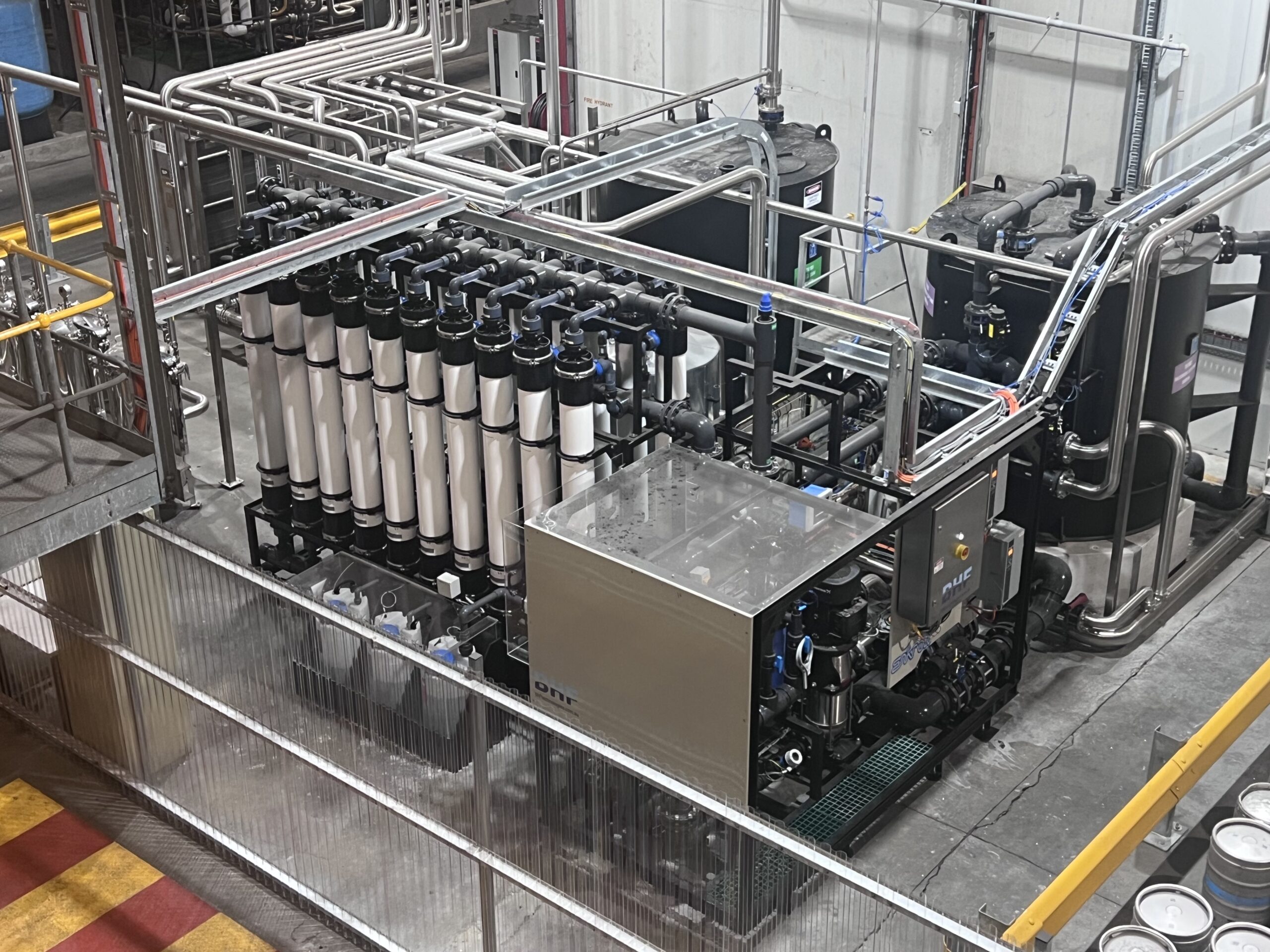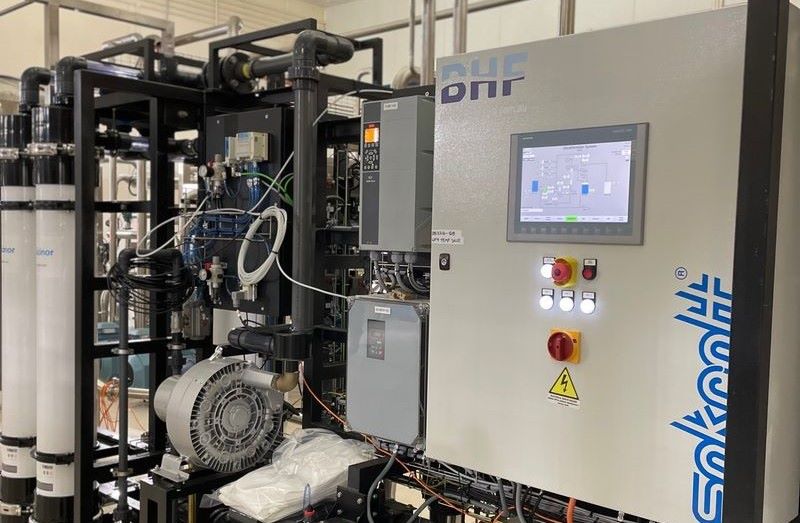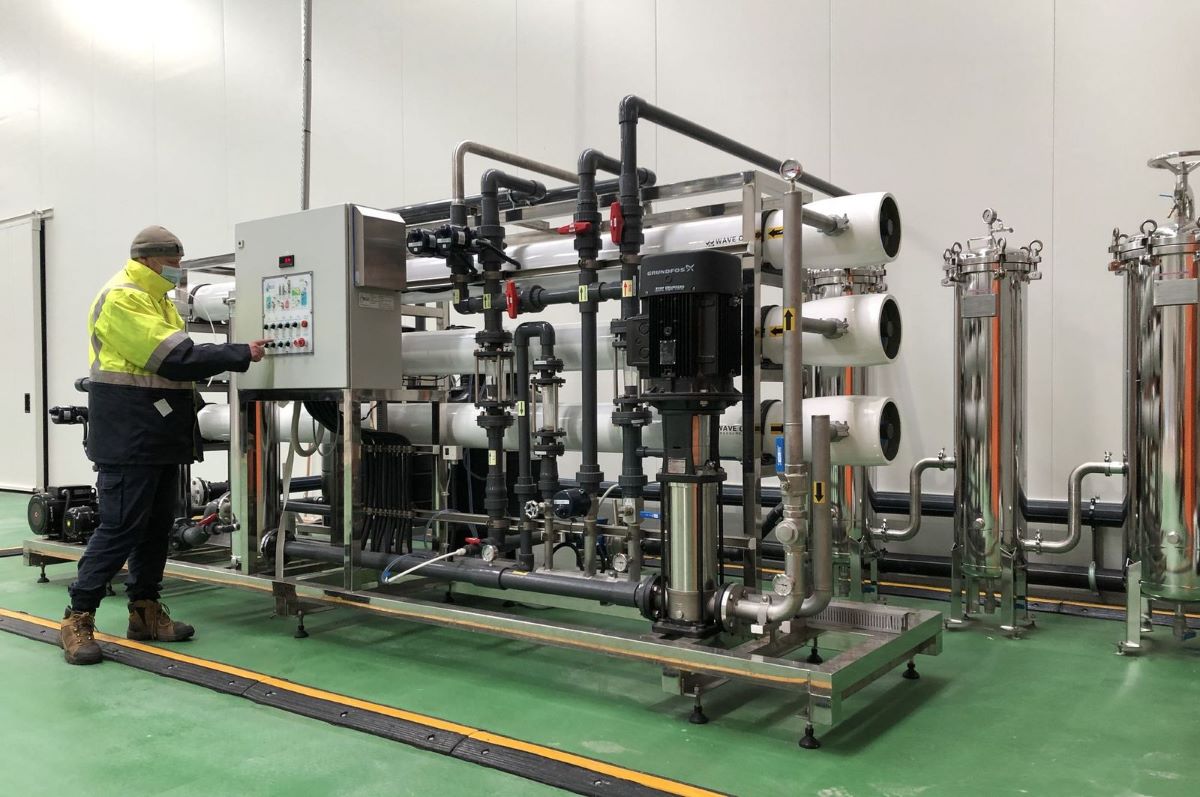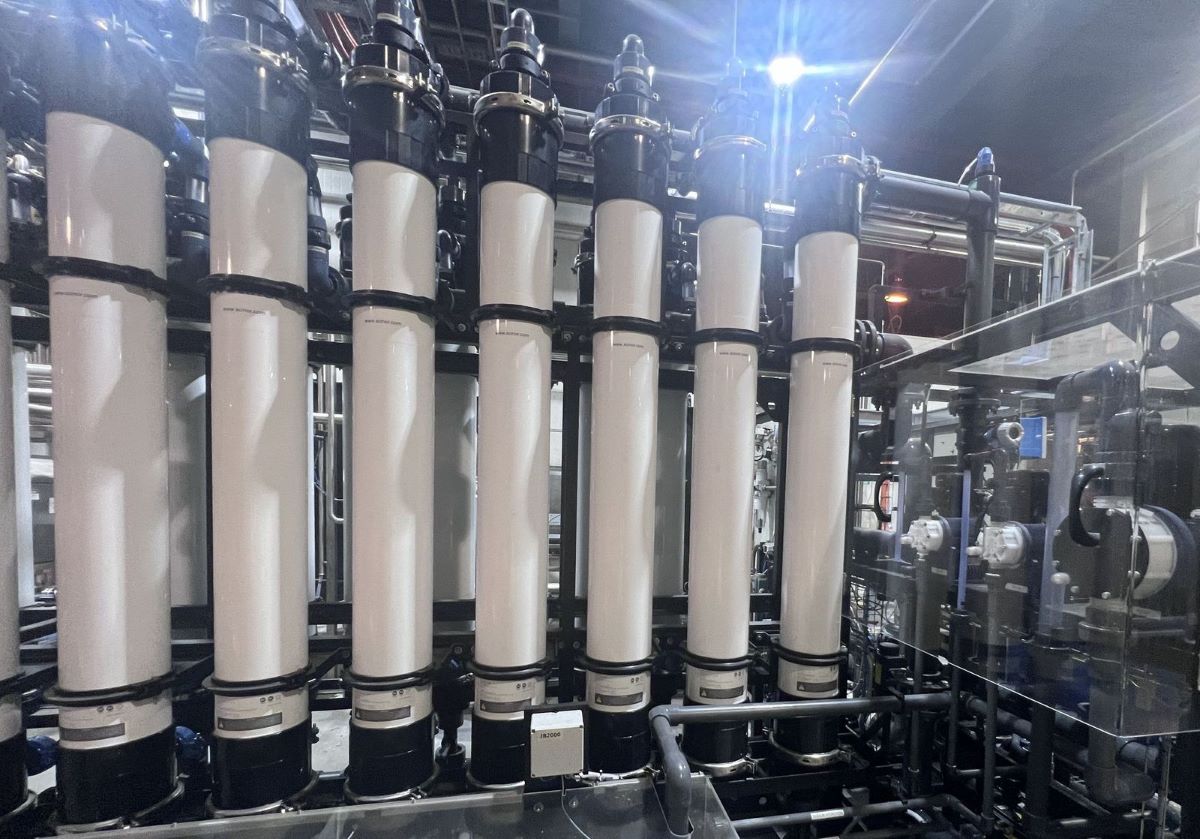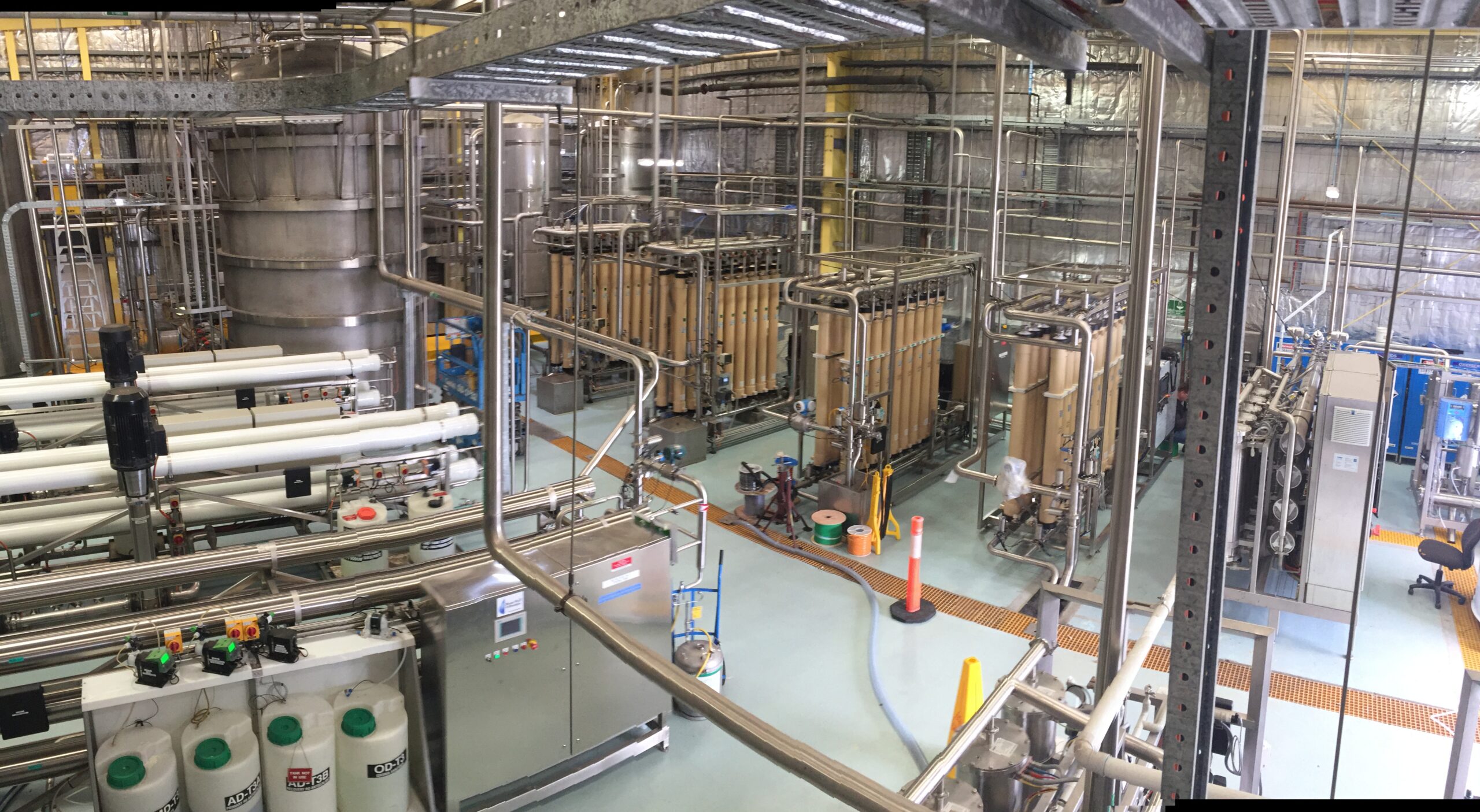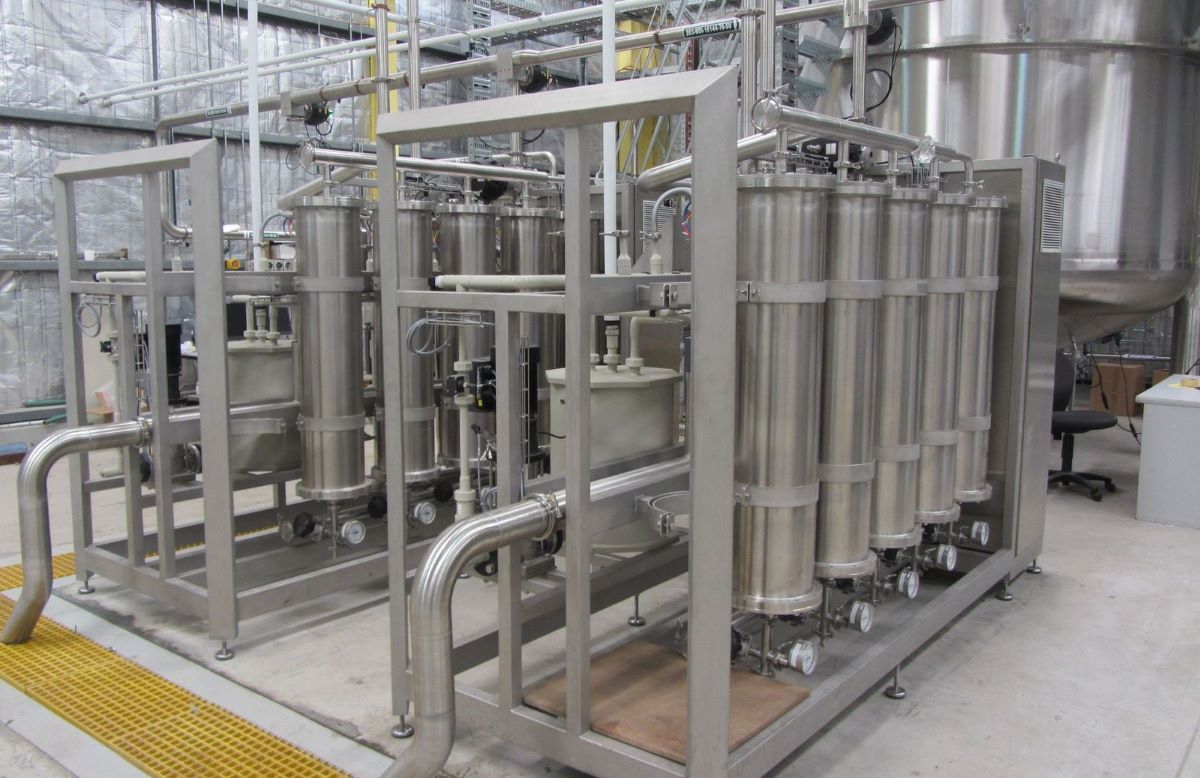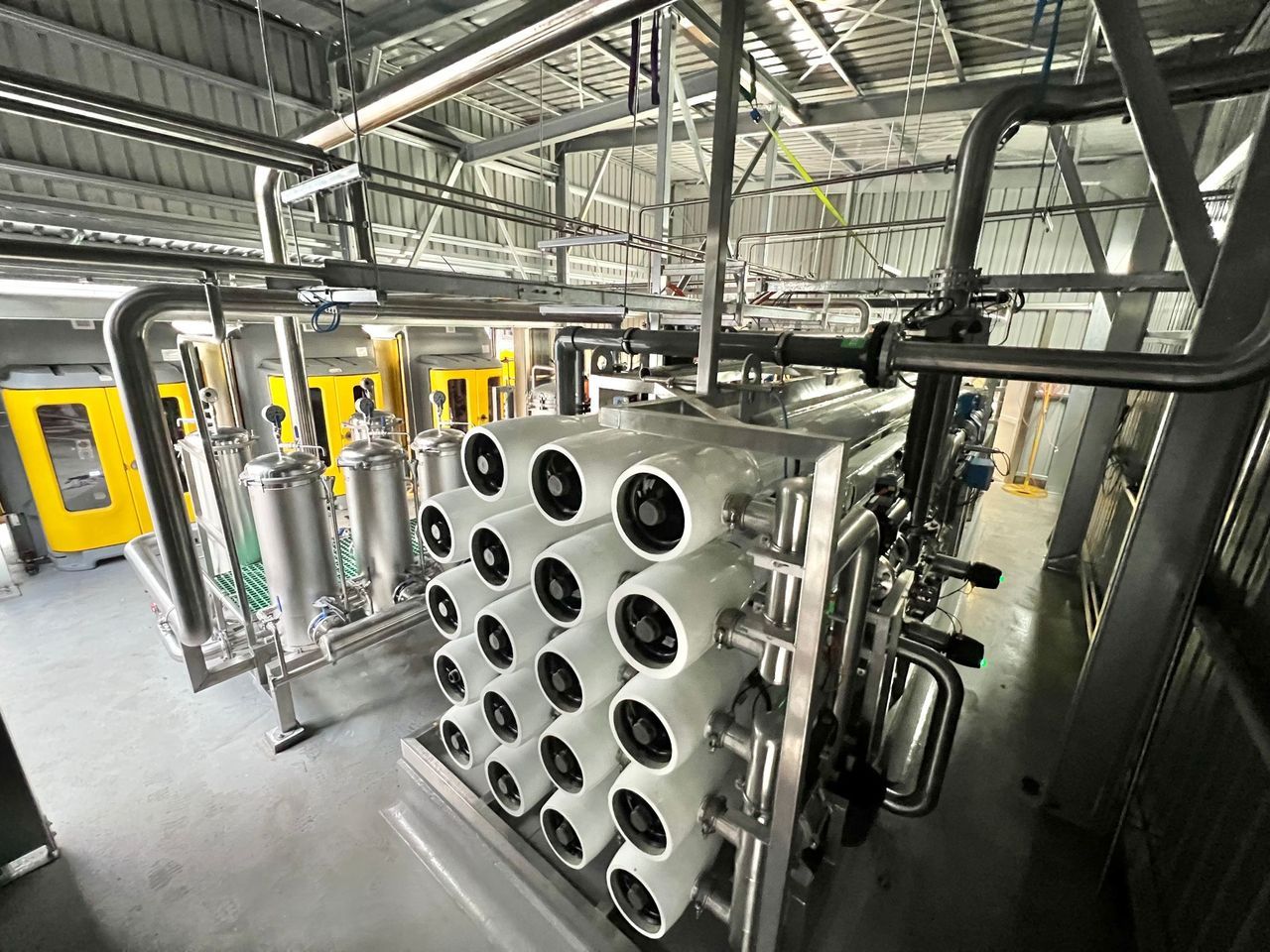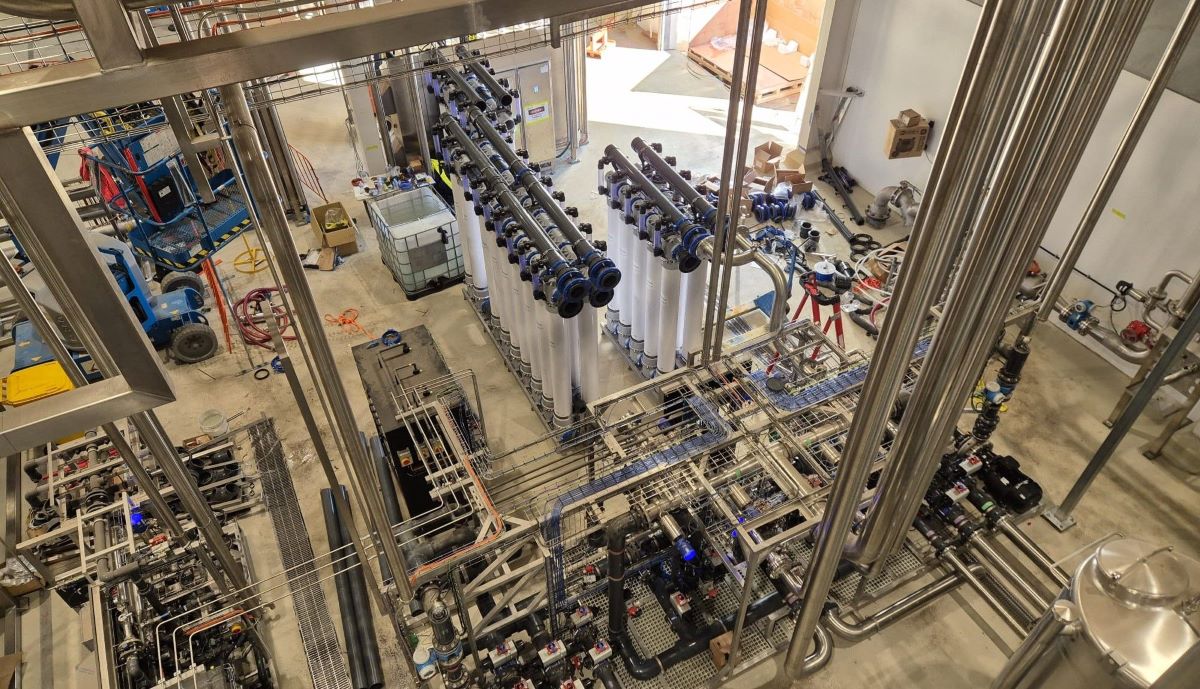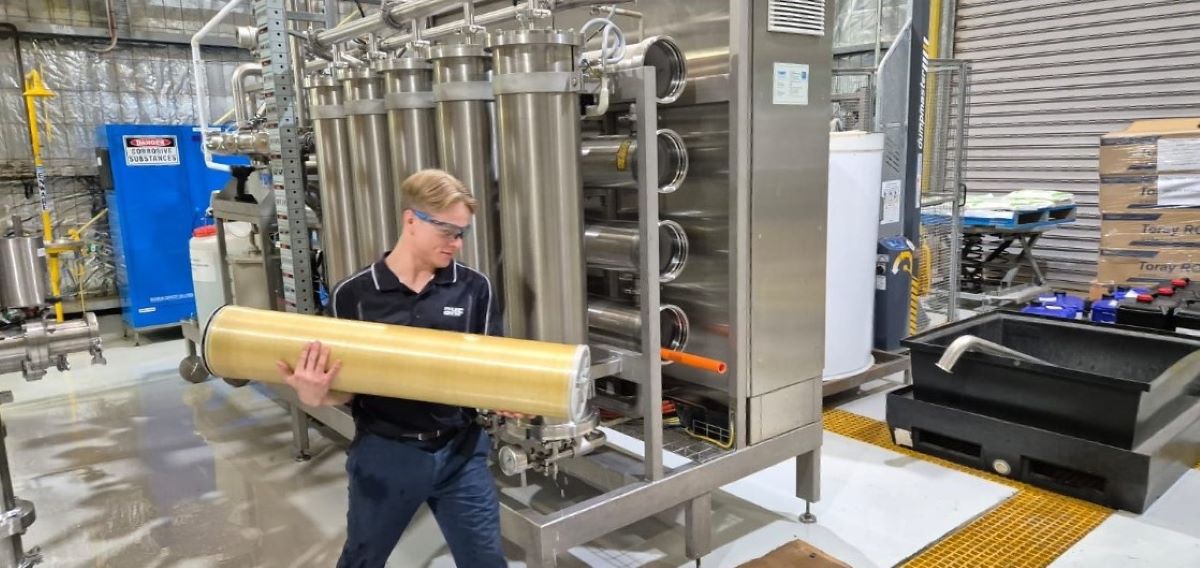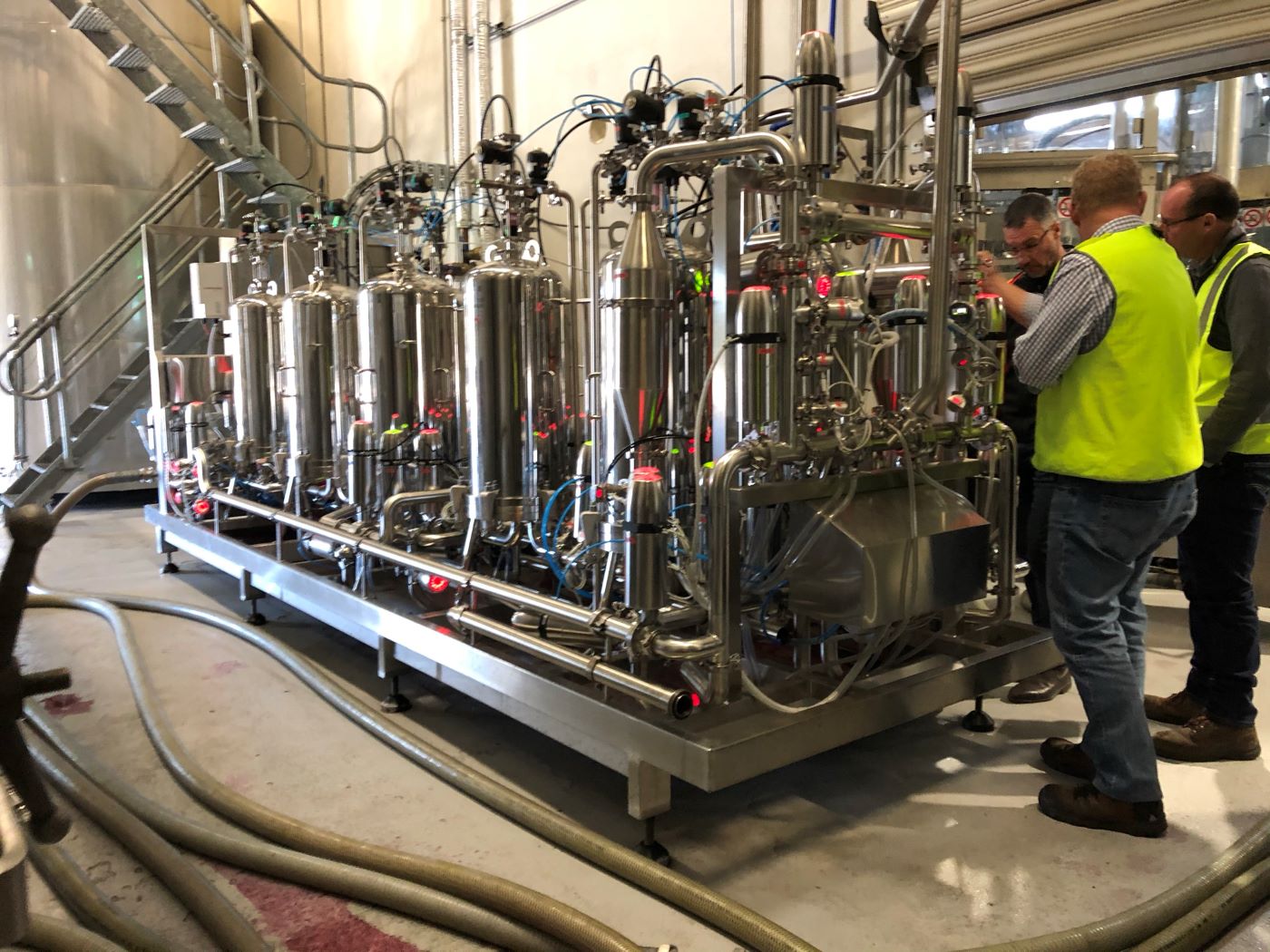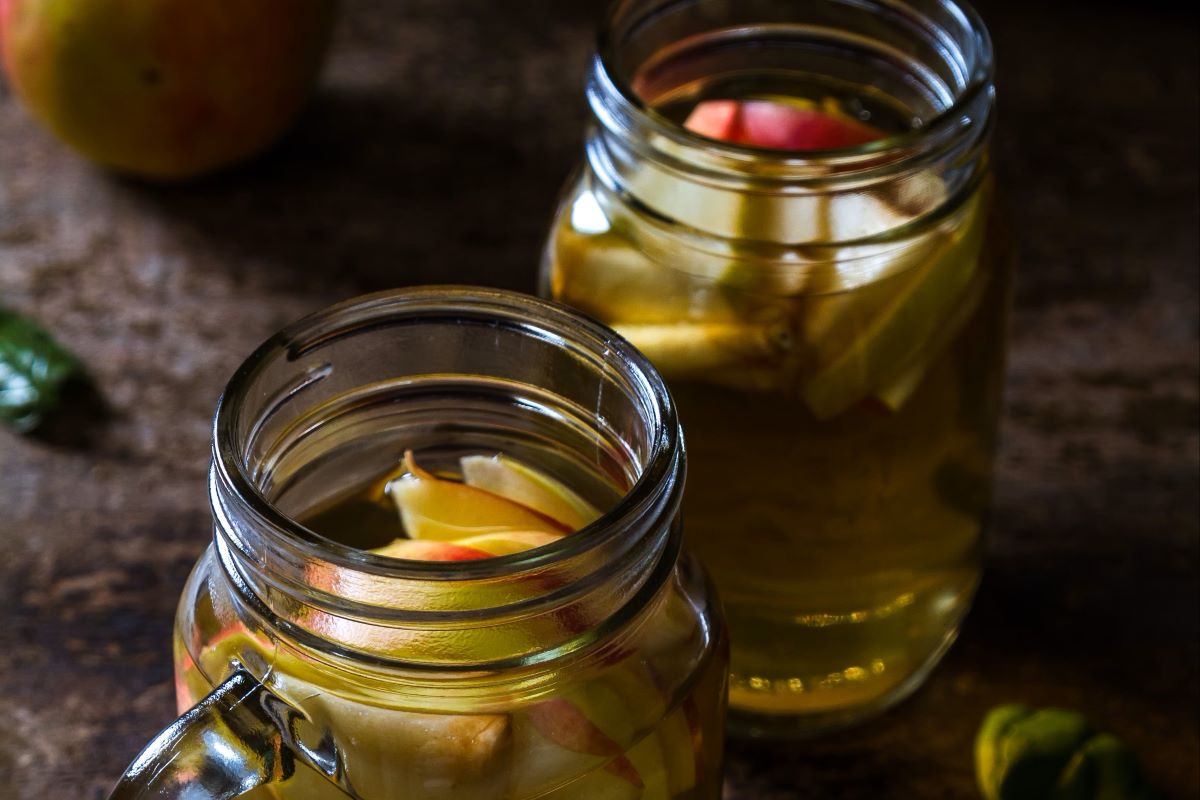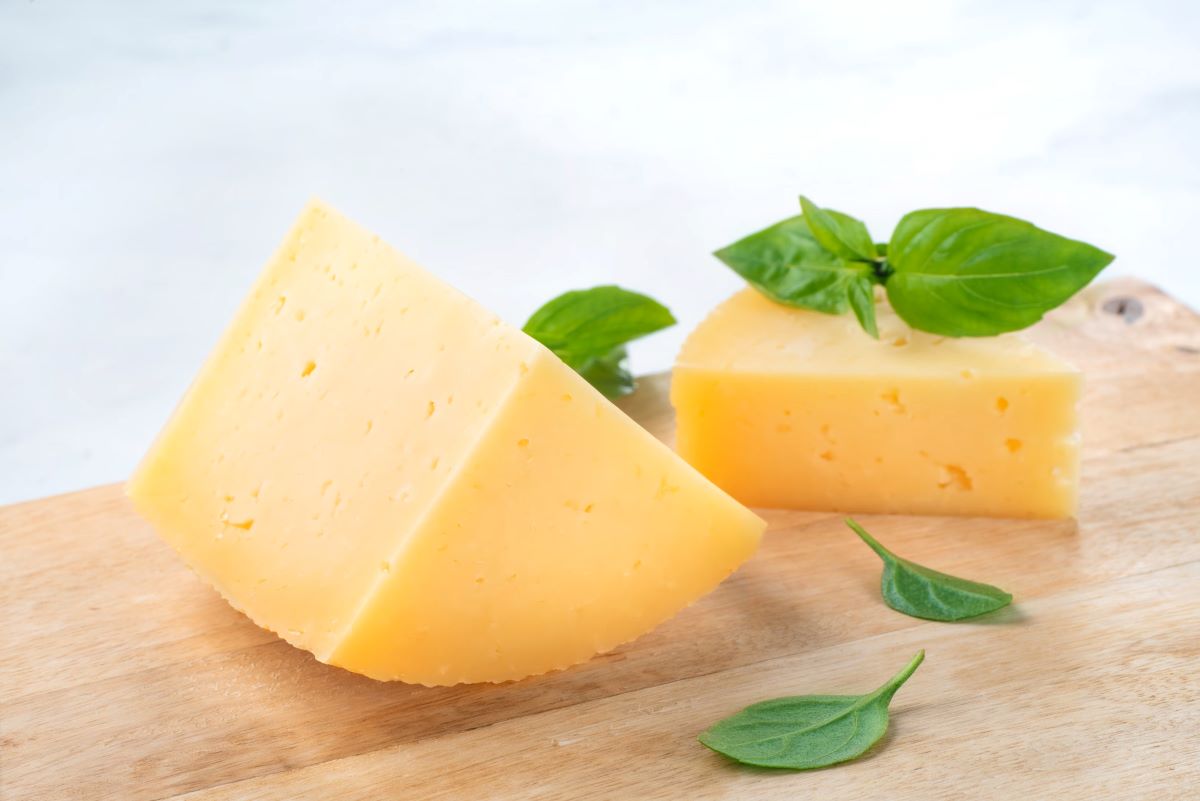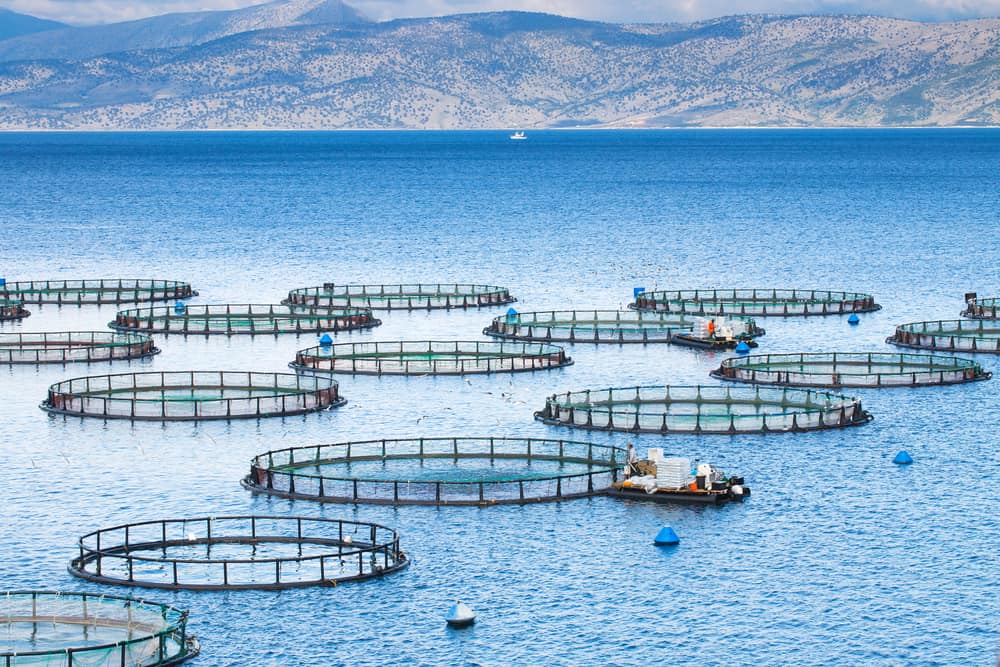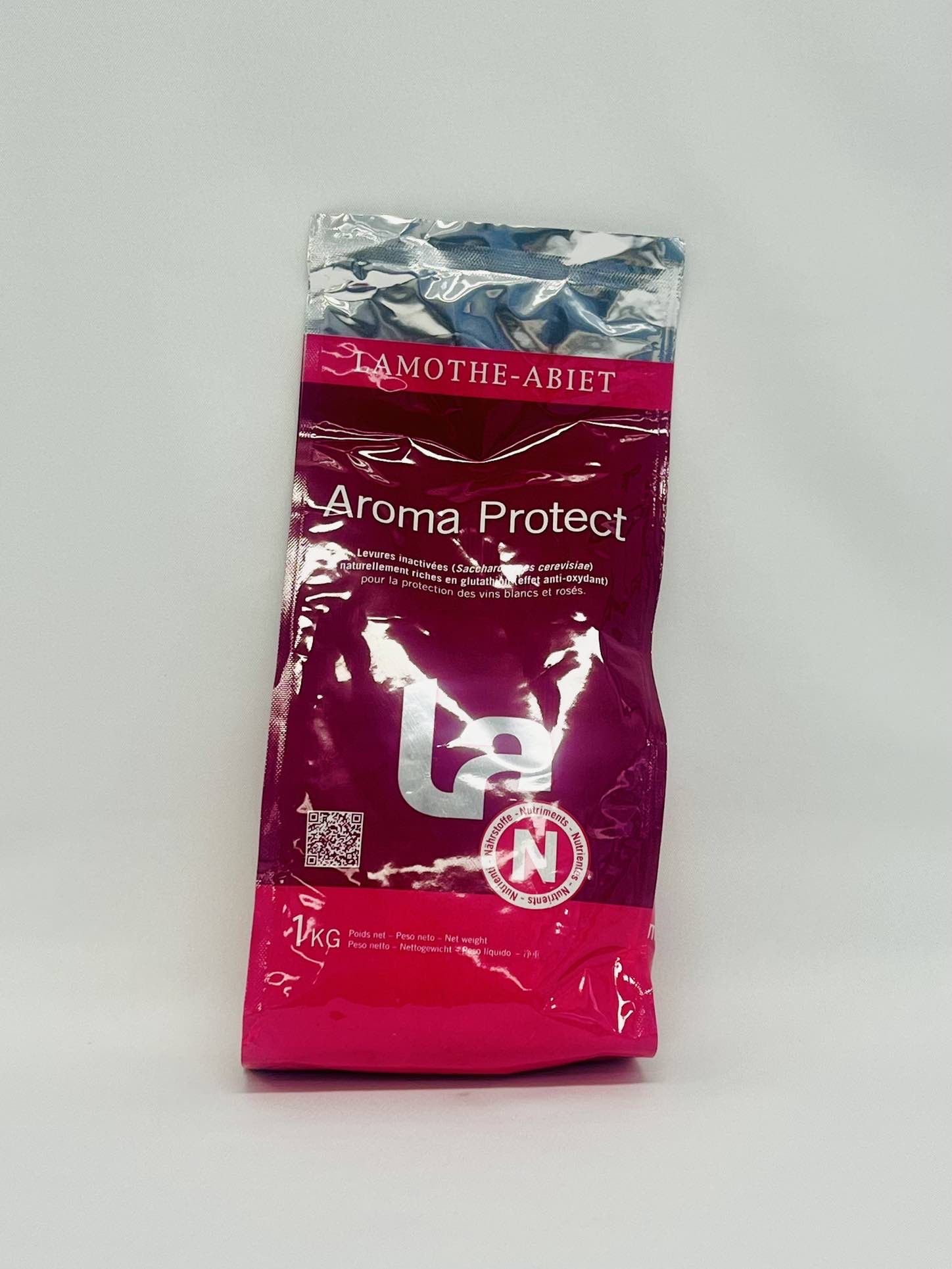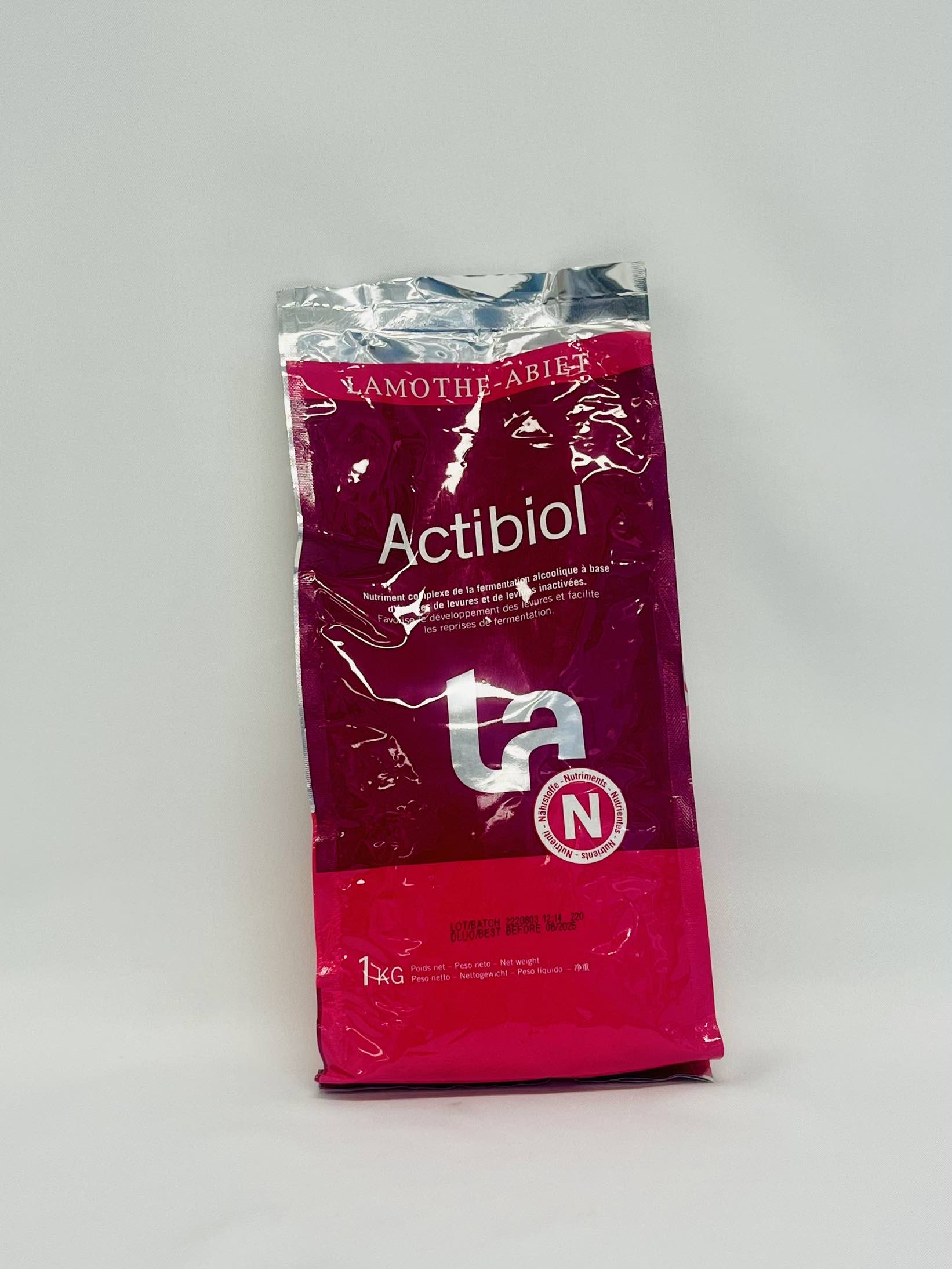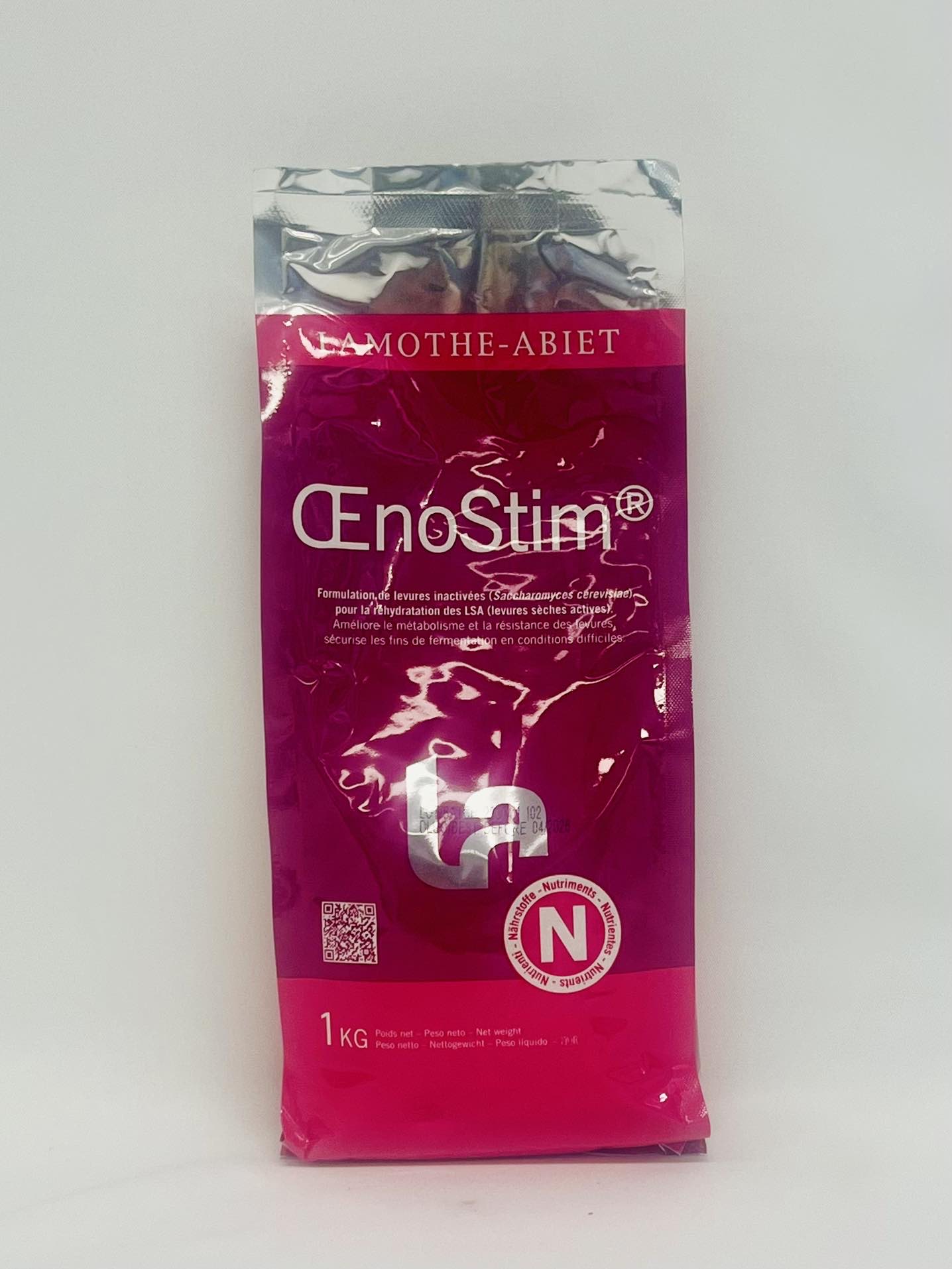Optithiols
Preparation of inactivated yeasts naturally rich in reducing compounds. OptiThiols® increases the thiols aromatic potential in white and rosé wines.
Technical Specifications
Physical
- Appearance & colour: Beige powder
- Solubility: < 40%
Composition
- Total nitrogen (N): < 10%
- Ammonium nitrogen (N): < 0.5%
- Organic nitrogen (N): < 9.5%
- Amino acids (N): < 1.9%
- Humidity: < 7%
Limits
- Lead: < 2 mg/kg
- Mercury: < 1 mg/kg
- Arsenic: < 3 mg/kg
- Cadmium: < 1 mg/kg
Microbiological
- Revivable yeasts: ≤ 102 UFC/g
- Mould: ≤ 103 UFC/g
- Lactic bacteria: ≤ 103 UFC/g
- Acetic bacteria: ≤ 103 UFC/g
- Salmonella: Absence/25g
- Escherichia coli: Absence/1g
- Staphylococci: Absence/1g
- Coliforms: < 102 UFC/g
Features and Benefits
Formulation: Inactivated yeasts (Saccharomyces cerevisiae) naturally rich in reducing compounds (Cysteine, Gly-Cys, Glu-Cys, N-acetylcysteine, Homo-Cysteine, and Glutathione).
Enological benefits:
- Optithiols® is a formulation of inactivated yeasts rich in reducing compounds that helps to slow down oxidative phenomena and promote aromatic thiol revelation.
- Optithiols® enriches the must with GSH precursors that are used by the yeast during alcoholic fermentation to synthesise and accumulate GSH. This GSH is then released through autolysis during ageing on lees, thus protecting the thiol aromas that have been produced.
- This double role of antioxidant and aroma revelation helps to increase the wine’s aromatic potential, leading to significantly greater quantities of thiols (4MSP, 3SH, A3SH) measured at the end of the alcoholic fermentation.
Product Applications
Dissolve the product in 10 times its weight in water and incorporate it directly into the tank using a pump-over. Ensure homogenization in an oxygen-free atmosphere. Optimal effectiveness of OptiThiols® is achieved with well-adapted nitrogen nutrition of yeasts.
Dosage:
- 10 to 30 g/hL before alcoholic fermentation (AF) or during the first third of AF (on clarified must stripped of oxidizable polyphenols)
Adjust dosage based on the grape variety’s potential, desired product type, and timing of commercialization.




